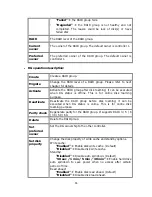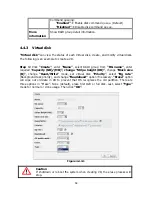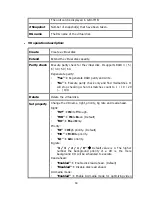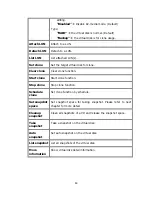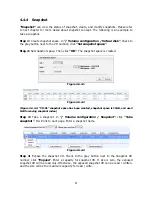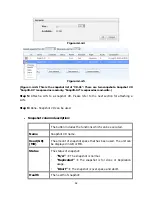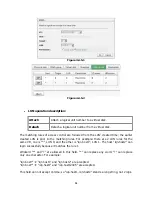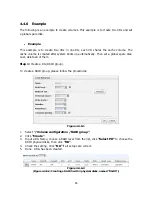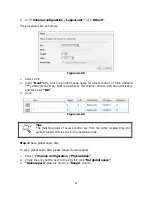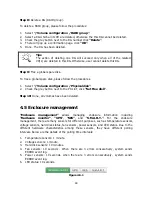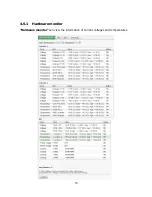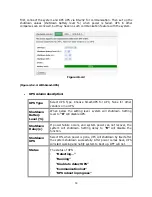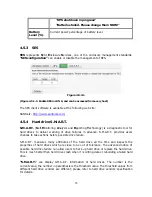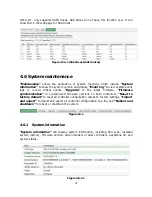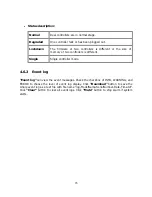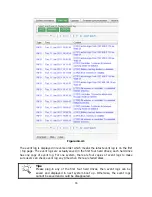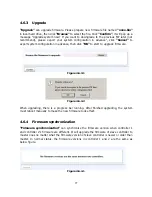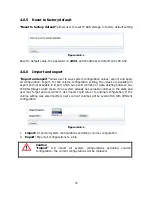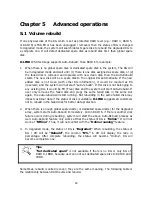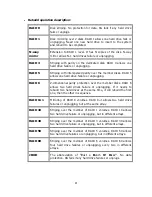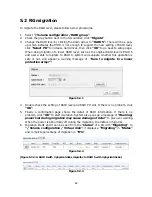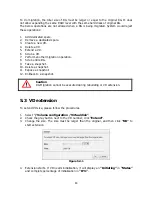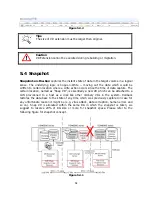
69
Step 8: Delete a RG (RAID group).
To delete a RAID group, please follow the procedures:
1.
Select “/ Volume configuration / RAID group”.
2.
Select a RG which all its VD are deleted, otherwise the this RG cannot be deleted.
3.
Check the gray button next to the RG number click “Delete”.
4.
There will pop up a confirmation page, click “OK”.
5.
Done. The RG has been deleted.
Tips
The action of deleting one RG will succeed only when all of the related
VD(s) are deleted in this RG. Otherwise, user cannot delete this RG.
Step 9: Free a global spare disk.
To free a global spare disk, please follow the procedures.
1.
Select “/ Volume configuration / Physical disk”.
2.
Check the gray button next to the PD slot; click “Set Free disk”.
Step 10: Done, all volumes have been deleted.
4.5
Enclosure management
“Enclosure management” allows managing enclosure information including
“Hardware monitor”, “UPS”, “SES”, and “S.M.A.R.T.”. For the enclosure
management, there are many sensors for different purposes, such as temperature sensors,
voltage sensors, hard disk status, fan sensors, power sensors, and LED status. Due to the
different hardware characteristics among these sensors, they have different polling
intervals. Below are the details of the polling time intervals:
1.
Temperature sensors: 1 minute.
2.
Voltage sensors: 1 minute.
3.
Hard disk sensors: 10 minutes.
4.
Fan sensors: 10 seconds . When there are 3 errors consecutively, system sends
ERROR event log.
5.
Power sensors: 10 seconds, when there are 3 errors consecutively, system sends
ERROR event log.
6.
LED status: 10 seconds.
Figure 4.5.1
Содержание DSN-6120
Страница 70: ...70 4 5 1 Hardware monitor Hardware monitor can view the information of current voltages and temperatures ...
Страница 128: ...128 Figure B 4 Figure B 5 8 Click OK Figure B 6 Figure B 7 ...
Страница 134: ...134 Step 3 Click confirm The system will ask you to shutdown Please shutdown IP SAN storage Click Ok ...

